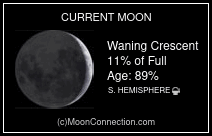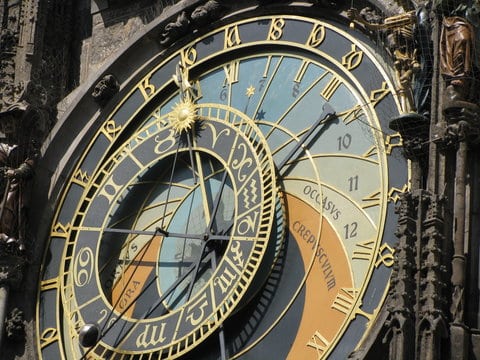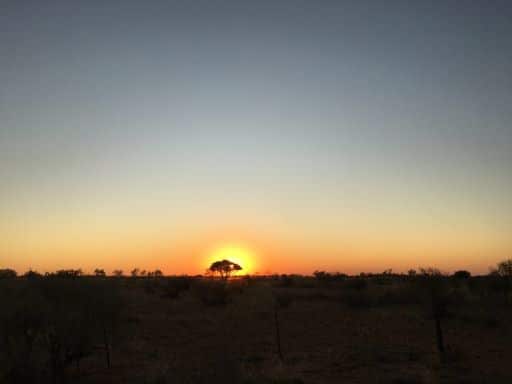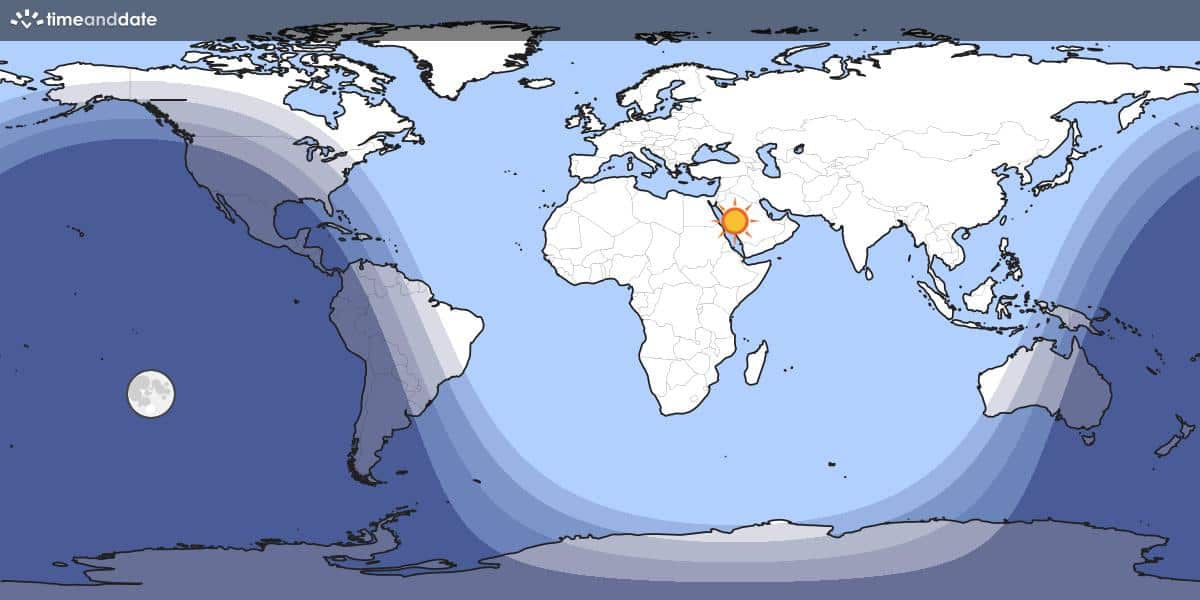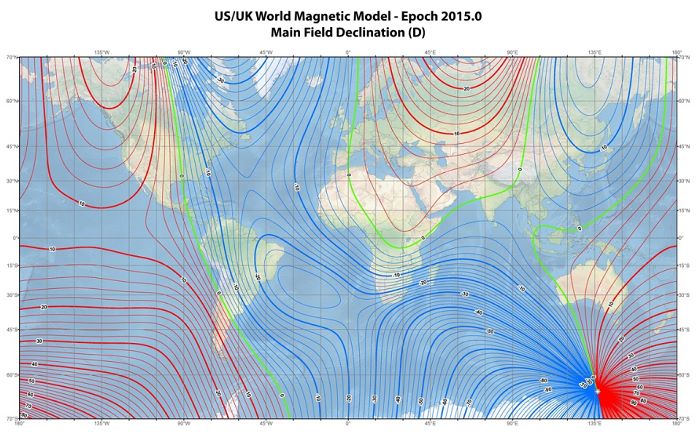LMC 4 Supergiant Shell – Cavity
Steve Gottlieb’s Observations
NGC 1951 = ESO 085-086 = S-L 464
05 26 06.6 -66 35 48; Dor
V = 10.6; Size 1.4′
25″ (4/3/19 – OzSky): at 244x; this LMC cluster is extremely bright, moderately large, 1′ diameter. It consists of an extremely dense knot of stars surrounded by a halo with a half-dozen or more stars resolved around the periphery.
S-L 465, situated just 1.8′ NNE of center, appeared moderately faint, round, compact, contains a very small bright core.
13.1″ (2/20/04 – Costa Rica): fairly bright, small, round, 25″ diameter, well concentrated with a 10″ bright core (John Herschel described the core as a close double star).
Notes: John Herschel discovered NGC 1951 = h2858 on 23 Dec 1834 and recorded “B, R or little extended; binuclear or suddenly brighter in the middle to a double star 10th and 11th mag.” His second observation was recorded as “A close first class D star, 10th and 11th mag, with a thick nebulous mist like dust about it.” His first position is accurate. Shapley and Lindsay give a diameter of 80” and comment, “elongated, inner condensed, outer resolved.”
S-L 465 = KMHK 892
05 26 14.3 -66 34 05; Dor
Size 1.0′
25″ (4/3/19 – OzSky): at 244x; between fairly faint and moderately bright, round, compact, contains a very small bright core. Situated just 1.8′ NNE of the center of NGC 1951.
Notes: Shapley-Lindsay: 50″ diameter, “Few irregular resolved stars.”
S-L 470 = KMHK 896
05 26 25.7 -66 23 16; Dor
V = 12.4; Size 0.8′
25″ (4/3/19 – OzSky): at 244x; bright, fairly small, round, compact, 35″ diameter, contains a very small bright nucleus. Located 16.5′ SW of NGC 1978 and 4′ NNE of mag 9.1 HD 36356. NGC 1946 is 7′ W.
Notes: Shapley-Lindsay: 40″ diameter. “Irregular, condensed, outer resolved.”
NGC 1978 = ESO 085-090 = S-L 501
05 28 44.8 -66 14 10; Dor
V = 10.2; Size 3.7’x2.7′
30″ (10/14/15 – OzSky): this impressive LMC (intermediate age) globular is extremely bright and large, noticeably elongated NNW-SSE, 2.3’x1.5′. It contains a large, very bright core (unresolved), and a grainy halo. A few mag 15-16 stars were resolved around the edges at 303x. NGC 1978 is situated within the huge LMC-4 Superbubble that includes the NGC 1848 complex 18′ WSW, NGC 2003 19′ SE and the “Eighth-Note Nebula” (N55) 25′ SE.
13.1″ (2/20/04 – Costa Rica): bright, large, elongated NNW-SSE, 2.4’x1.5′ (unusually elongated for a globular), weak even concentration to center, no resolution. This is a blue intermediate-age cluster or “blue globular”, roughly 2 billion years old with 200,000 solar masses. NGC 1948, a combination star cloud/emission complex, lies 18′ W.
Notes: James Dunlop probably discovered NGC 1978 = D 238 = h2878 on 6 Nov 1826 and described, “a faint round nebula, about 50” diameter, rather ill defined. His position is ~10′ SW of the globular, whch is a reasonable match and in agreement with his offset from D 237, assuming it applies to NGC 1948.
John Herschel first observed this bright globular on 2 Nov 1834 (sweep 508) and logged, “vB, vL, E, gradually brighter in the middle, 3′.” On 3 Jan 1837 (sweep 761), he recorded “vB, vL; oval; very gradually pretty much brighter in the middle; a beautiful nebula; it has very much resemblance to the Nubecula Major itself as seen with the naked eye, but is far brighter and more impressive in its general aspect as if the Nubecula were at least doubled in intensity. (Note – July 29, 1837. I well remember this observation, it was the result of repeated comparisons between the object seen in the telescope and the actual Nubecula as seen high in the sky on the meridian, and no vague estimate carelessly set down. And who can say whether in this object, magnified and analysed by telescopes infinitely superior to what we now possess, there may not exist all the complexity of detail that the Nubecula itself presents to our examination!)”
Harlow Shapley included NGC 1978 as one of the 8 globular clusters in the LMC in his 1930 book “Star Clusters”, though it’s age is now known to be only ~2 billion years.
S-L 502 = KMHK 951
05 29 12 -66 35 27; Dor
V = 11.4; Size 0.6′
30″ (10/14/15 – OzSky): at 303x; this unusual LMC cluster either has a bright star (mag 12-13) superimposed or a very bright quasi-stellar nucleus. Surrounded by a fairly small, faint halo ~30″ diameter. Only a single mag 15.5 star is resolved. Located 1.4′ N of mag 9.5 HD 36818 (a pair of 10th mag stars at 1.9″). Picked up while viewing NGC 2003 13′ NE and the “Eighth-Note Nebula” (N55) 20′ NE.
Notes: Shapley-Lindsay: 40″ diameter. “Compact group, partly resolved”
NGC 2003 = ESO 086-006 = S-L 526
05 30 54.3 -66 27 59; Dor
V = 11.3; Size 2.1′
30″ (10/12/15 – OzSky): at 303x; extremely bright, extremely high surface brightness core, fairly small, 30″ diameter, surrounded by a thin fainter halo. A mag 13-13.5 star or quasi-stellar knot [BSDL 2043] is at the west end and a couple of mag 15 stars are off the east side. Two mag 9 and 10 stars lie 4.7′ SSW and 7′ SSW and mag 8.0 HD 36849 is 9′ WNW. S-L 553 and the remarkable Eighth-Note Nebula (N55) are ~8′ E.
13.1″ (2/20/04 – Costa Rica): this compact cluster in the LMC appeared fairly faint, very small, round, 20″ diameter. Appears to have a star involved or increases to a sharp stellar nucleus. S-L 553, a 3′ star cloud (association LH 72) lies 9′ E.
Notes: James Dunlop probably discovered NGC 2003 = D 239 = h2891 on 6 Nov 1826. He logged “a pretty large faint nebula with a number of very small stars on the north side. The nebula is about 2′ diameter, ill-defined.” His position was 10′ too far ESE, just SE of the large association S-L 553. But as Herschel missed this object I doubt that Dunlop noticed it.
John Herschel rediscovered NGC 2003 = h2891 on 23 Nov 1834 and described it as a “bright, small stellar neb, or very close cluster 15″.” His position is accurate. GC and NGC misidentify (typo) this cluster with h2981, instead of h2891.
BSDL 2348
05 34 16 -66 14 06; Dor
Size 1.5′
14″ (4/4/16 – Coonabarabran, 145x): while observing the emission nebula N62A I noted a small cluster about 2′ W containing a half-dozen mag 14-15 stars in a 1.5′ knot, along with a mag 12.5 star on the west end.
Notes: BSDL 2348 and 2343 are within the association BSDL 2349
LMC-N62A = DEM L 239
05 34 40 -66 14 18; Dor
Size 2’x1′
14″ (4/4/16 – Coonabarabran, 145x): Using an NPB filter, the emission nebula N62A appeared very bright, very elongated ~E-W, relatively large, ~2.0’x0.6′. The shape is a bit irregular, but the northern edge is sharply defined, while the southern edge is weaker and more poorly defined. The nebula was visible unfiltered but displayed an excellent response to the NPB filter. A couple of very faint stars were visible with averted. BSDL 2348, an LMC cluster perhaps associated with the nebula, is ~2′ W. It contains a half-dozen mag 14-15 stars in a 1.5′ knot, along with a mag 12.5 star on the west end.
N62A lies along the northeast side of the huge LMC-4 Superbubble, which also includes the “Eighth-Note Nebula” (N44) ~20′ SW and the numerous clusters that are part of the “Quadrant Arc” (LH 77) roughly 30′ S. NGC 2029 is 13′ NNE and emission nebula N64 is situated 16′ SE.
NGC 2029 = ESO 086-15 = LMC-N63 = DEM L 243 = S-L 595 = LH 83
05 35 40.8 -66 02 06; Dor
V = 12.3; Size 4′
30″ (10/18/17 – OzSky): at 202x, 264x and 429x; large, fairly bright cluster (S-L 595) with ~30 stars resolved (numerous supergiant OB stars) in a 3.5′ region. These include at least 4 brighter mag 12.3-13.5 stars and a mag 12.7 star at the SW edge. Moderately faint nebulous haze (N63) encompasses the cluster. Adding a NPB filter at 264x increased the contrast with the large nebulous glow, which extended 2.5′ – 3′ diameter. Note: NGC 2029 is identified as NGC 2030 in most sources!
N63A, embedded slightly east of center of N63, is a well-known bright, compact supernova remnant and one of the first 3 extragalactic SNRs to be discovered in 1966.
14″ (4/4/16 – Coonabarabran, 145x): fairly bright, large, over a dozen mag 13 and fainter stars are resolved in a 3.5′ region. A fairly faint, oval emission glow (N63) is involved with the cluster (S-L 595). Adding an NPB filter, the nebulosity is bright, large, irregular (roughly round), ~2.5′ diameter, with several of the brighter stars still visible. Emission nebula N62A is 14′ SSW and N64B is 20′ SSE.
13.1″ (2/20/04 – Costa Rica): fairly bright, fairly large, 3’x1.5′, elongated N-S. This LMC object appears to be a large cluster with nebulosity (stellar association LH 83). A half-dozen mag 12-13 stars are resolved over an irregular background haze (unresolved stars?). Located 32′ N of mag 6.2 HD 37935. NGC 2003 lies 38′ SW. The compact SNR N63A is embedded (not noted).
Notes: James Dunlop discovered NGC 2029 = D 240 = h2911 on 27 Sep 1826 and noted a “faint round nebula, 25″ or 30″ diameter.” His position is just 4′ SW of center of the nebula. On 30 Nov 1834 (sweep 515), John Herschel called it “a rich, R, pL cluster of stars 12m; little comp; 5′ l; one * 11m.” On sweep 539 he wrote “pB; R; gradually brighter in the middle; 60″; resolved into stars 13…15m.”
Jenni Kay notes the GC and NGC positions for NGC 2029 and NGC 2030 are reversed from Herschel’s original Cape of Good Hope positions of h2911 and h2910, respectively. The error must have occurred when he transferred the positions into the GC. So, NGC 2030 = h2030 is part of the Seagull Nebula and NGC 2029 = h2911 is an isolated nebula. All modern sources including SIMBAD, ESO and the KMHK catalogue reverse the original identifications and call NGC 2029 part of the Seagull Nebula. The identifications given here follow the historical records.
NGC 2041 = ESO 086-16 = S-L 605
05 36 28.0 -66 59 30; Dor
V = 10.4; Size 0.7′
13.1″ (2/20/04 – Costa Rica): at 105x, this LMC cluster appears bright, fairly small, round, 1′ diameter. The high surface brightness glow has a symmetrical appearance and it increases to a very small bright core and stellar nucleus. This young, massive cluster is located ~7′ SE of the elongated cluster NGC 2034 at the E end of the very large, extended collection of associations (the “Quadrant”) that includes NGC 2026 and 2002 on the W side.
Notes: James Dunlop probably discovered NGC 2041 = D 196 = h2919 on 27 Sep 1826. He described “a small, round pretty well defined slightly condensed nebula about 25” diameter with a small star north following. This object was found in a drift in which he misidentified the offset star (Theta Doradus), so all positions were reduced incorrectly (~2.4° towards the SE). Using NGC 2035, the previous object in the drift as a reference, his position is 4′ NW of NGC 2041.
John Herschel rediscovered NGC 2041 on 2 Nov 1834 (sweep 508) and described it as “B, S, very gradually brighter middle, 20″.” On 13 Dec 1835 (sweep 653) he noted “a rich clustering part precedes.” His position (measured on 4 sweeps) is accurate.



